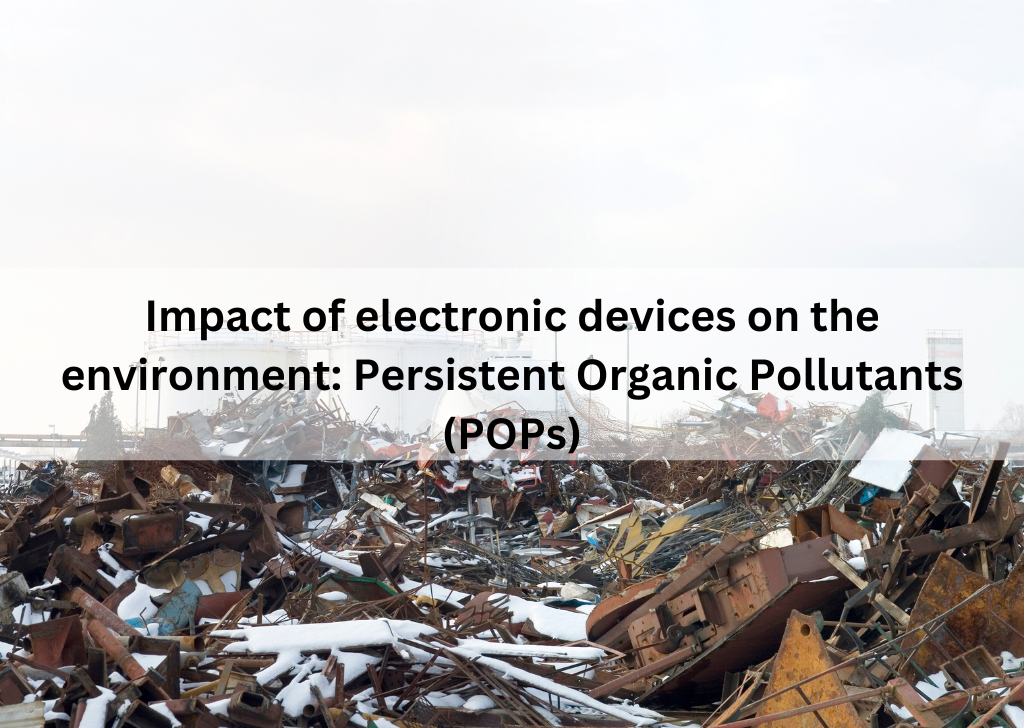What To Look Forward To In The Upcoming Candidate List?
 As a trend, we have always seen ECHA come up with the updated Candidate List in December, but this year the list is scheduled to be published in January, 2017. Before the list is formally published, ECHA confirmed on the 4 new SVHCs that will get included on the CL and the additional 2 SVHCs that will be put into consideration for evaluation. Here we bring to you the substances that have been unanimously agreed by ECHA’s Member State Committee, to be designated as SVHC.
As a trend, we have always seen ECHA come up with the updated Candidate List in December, but this year the list is scheduled to be published in January, 2017. Before the list is formally published, ECHA confirmed on the 4 new SVHCs that will get included on the CL and the additional 2 SVHCs that will be put into consideration for evaluation. Here we bring to you the substances that have been unanimously agreed by ECHA’s Member State Committee, to be designated as SVHC.
- Bisphenol A: The highest profile of the four is bisphenol A, which was proposed by France and will be added because of its toxic properties affecting reproduction. It’s widely used in the manufacturing of polycarbonate and epoxy resins that are then used as packaging material for a wide range of products.
- PFDA: The perfluorinated chemical PFDA (nonadecafluorodecanoic acid) and its sodium and ammonium salts. These were proposed by Sweden, due to their critical qualities concerning reproduction and persistent, bioaccumulative and toxic (PBT) properties. They have been used as plasticiser, lubricant, surfactant, wetting agent and corrosion inhibitor. They have also been commonly detected in various water and stain-resistant textiles.
- 4-HPbl: 4-heptylphenol, branched and linear (4-HPbl), this was proposed by Austria, due to its endocrine-disrupting properties for the environment. The phenol, heptyl derivative of this substance is registered as a monomer. Uses of the resulting polymers include in lubricants and greases in vehicles or machinery.
- PTAP: 4-tert-pentylphenol (PTAP), proposed by Germany, due to its endocrine-disrupting properties for the environment. It is used in the production of phenolic resins and lacquers. Also used in the production of ethoxylated resins, some of which are used in oilfield applications. Other uses can be found in cleaning/washing agents, surface active agents and paints. It’s also used in consumer products like adhesive, sealants, coatings and paints, thinners and paint removers.
With these 4 substances categorized as SVHCs the total number of substances on the list will be 173. The other two substances that are under consideration are:
- 4-tert-butylphenol (PTBP), also proposed by Germany, is an endocrine disruptor. This chemical is a resin that is mainly used in adhesives for leathers and rubbers. It can be found in leather shoes, handbags and belts. It is also used in varnish and lacquer resins, motor oil additives, printing inks, fibreglass products, plywood, masonry sealants and some commercial disinfectants.
- Trimellitic anhydride (TMA), proposed by the Netherlands, is a respiratory sensitizer. It is primarily used in the synthesis of plasticizers for PVC resins, while smaller amounts are used as a reactant in wire and cable insulation enamels and polyester resins for powder coatings.
CONCLUSION:
Regulations put into place will have to be adhered by all the entities that trade with the EU, this implies that any company that produces or imports articles containing any of the 173 substances will be responsible for complying with all the necessary rules established by the REACH mandate.










